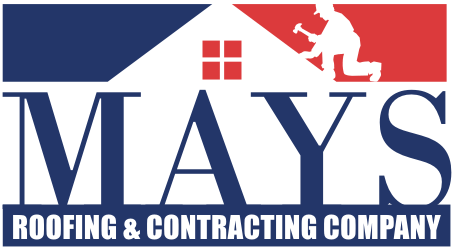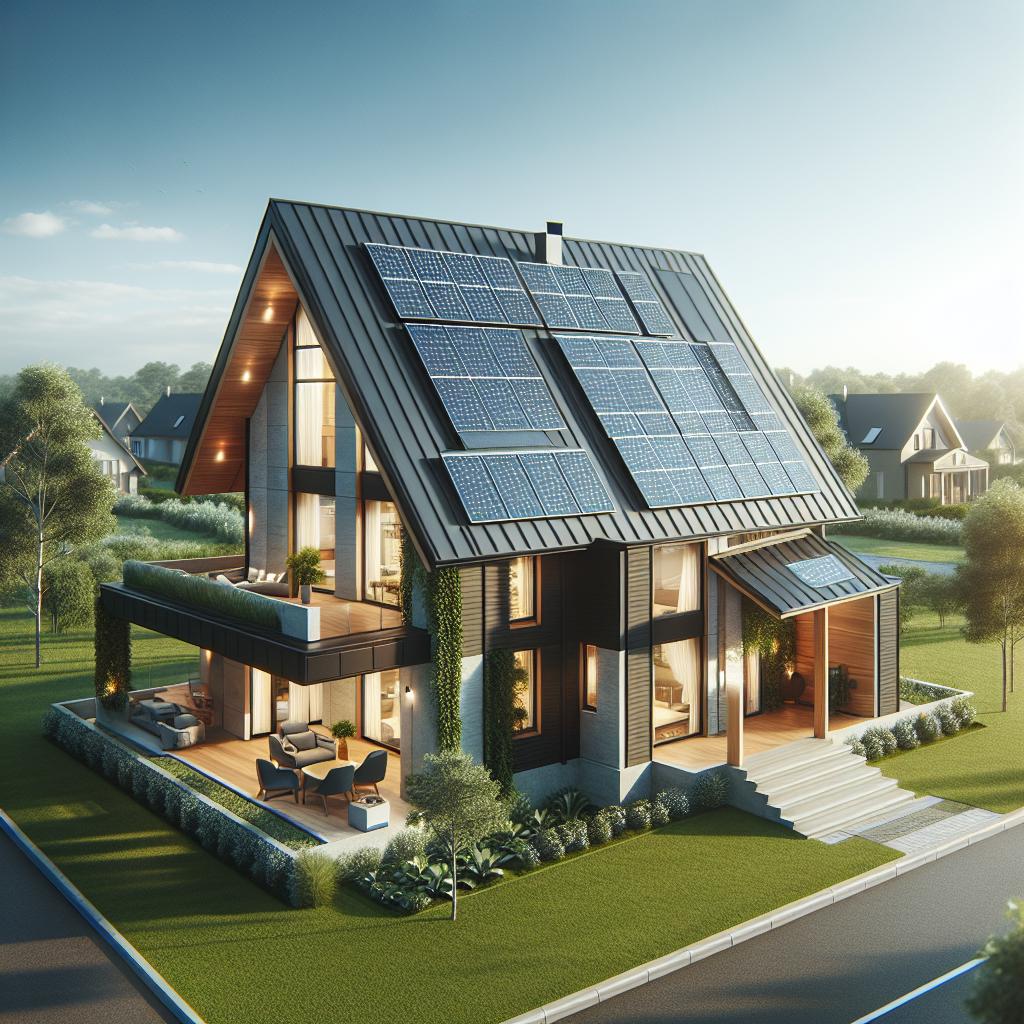How to Effectively Insulate Your Roof for Maximum Energy Savings
Insulating your roof is crucial for achieving optimal energy efficiency in your home. Roof insulation plays an essential role in maintaining a comfortable indoor temperature while reducing energy costs. This guide outlines key methods and materials for effective roof insulation, aiming to help you realize substantial energy savings.
The Importance of Roof Insulation
The roof is one of the primary areas where heat loss occurs. During winter, warm air escapes through the roof, leading to increased heating costs. Similarly, in the summer, inadequate insulation allows heat to enter, requiring extensive air conditioning. Effective roof insulation can significantly reduce energy consumption and costs, while also contributing to a more sustainable environment.
Types of Roof Insulation
1. Batt Insulation
Batt insulation, made from fiberglass or mineral wool, is commonly used for residential roofs. This type is installed between the rafters or joists. It is easy to handle and install, making it a popular choice for DIY projects. Ensure proper fitting to avoid thermal bridging, which can compromise its effectiveness.
2. Rigid Foam Board Insulation
Rigid foam board insulation provides high insulation value with minimal space. This type can be placed directly under roofing materials or attached to the structural roof sheathing. Choosing the right thickness and material—polystyrene, polyisocyanurate, or polyurethane—can optimize heat retention and energy efficiency.
3. Spray Foam Insulation
Spray foam insulation expands after application, filling gaps and providing superior air sealing. Its high R-value helps to prevent heat transfer. However, professional installation is often recommended as it requires specialized equipment and expertise.
4. Reflective or Radiant Barrier Insulation
This type of insulation reflects radiant heat away from living spaces. It’s most effective in hot climates and can be installed beneath the roof deck. Combining reflective barriers with other insulation types can significantly enhance energy savings.
Assessing Your Home’s Insulation Needs
Before proceeding with insulation installation, it’s vital to assess current insulation levels. Consider the following steps:
1. Inspect Existing Insulation
Check the attic or roof space to evaluate your current insulation. Look for signs of moisture, settling, or gaps that may affect performance.
2. Measure R-Value
The R-value measures insulation’s effectiveness. Research the recommended R-value for your specific climate zone. This information will help guide your insulation improvement efforts.
3. Identify Air Leaks
Conduct a leak test to identify areas where air escapes. Common leak points include around vents, chimneys, and ductwork. Addressing these leaks can enhance insulation performance.
Installation Techniques
1. DIY Installation
Many homeowners choose to install insulation themselves. For batt insulation, ensure snug fitting between rafters, and avoid compressing the material. For foam board, cut to size for proper fitting. Follow manufacturer guidelines for spray foam application if engaging in DIY.
2. Professional Installation
For complex insulation types like spray foam, hiring professionals is advisable. Professional installers can ensure proper application and coverage, maximizing the insulation’s efficiency. They can also help address any underlying structural issues that may impact performance.
Finishing Touches
After installation, it’s essential to consider ventilation. Proper attic ventilation can help prevent moisture buildup and maintain the effectiveness of your insulation. Install vents as necessary to allow for air circulation while keeping pests out.
Conclusion
Effective roof insulation is a critical step toward achieving significant energy savings in a home. By selecting the appropriate materials and ensuring proper installation, homeowners can dramatically improve comfort levels while reducing energy consumption. Whether undertaking a DIY project or hiring professionals, thorough planning and assessment are key. Take the time to evaluate your needs, choose the best insulation type for your climate, and enjoy the benefits of a well-insulated roof.





 Mays Contracting
Mays Contracting


